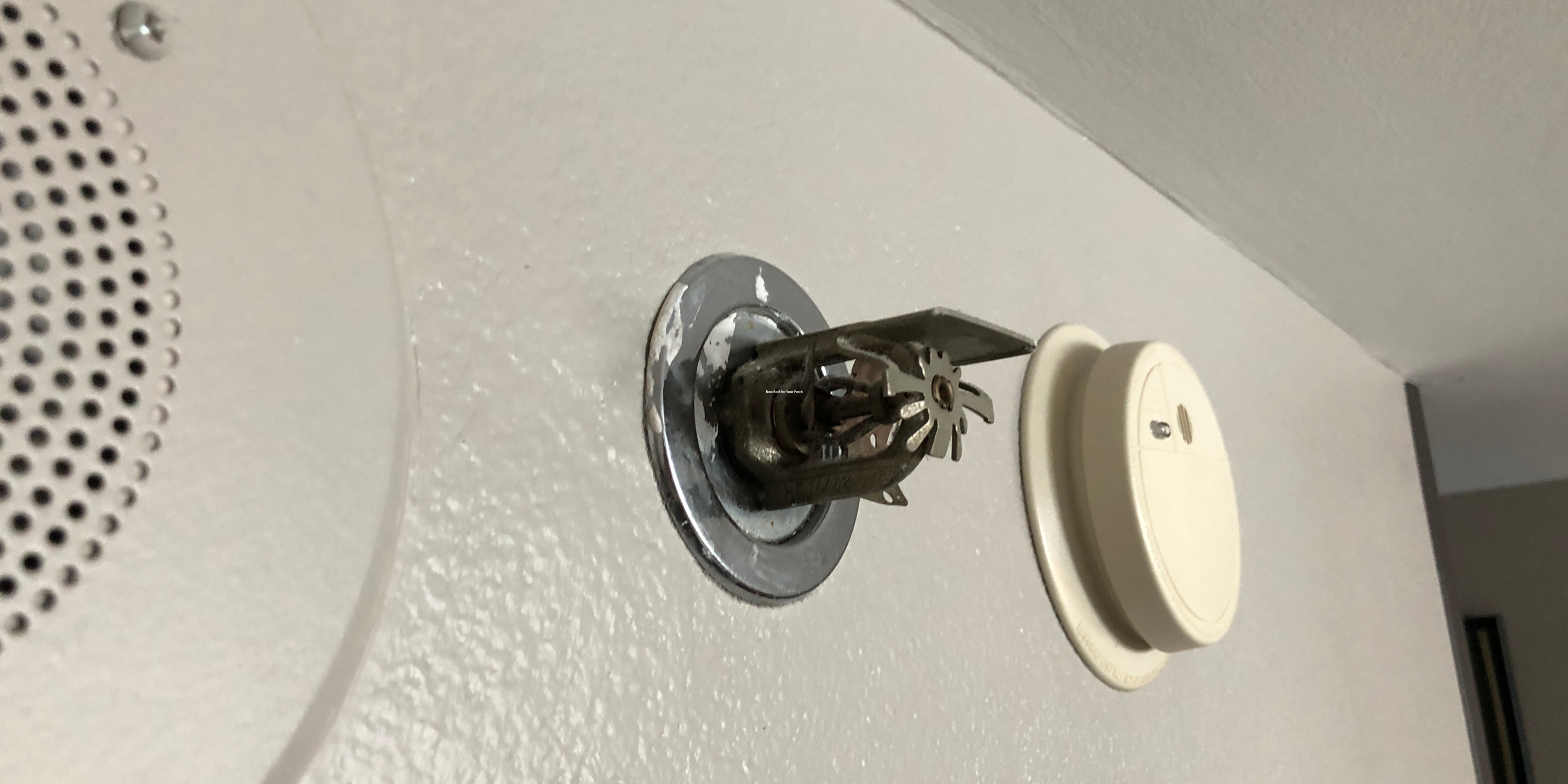Building safety requires fire sprinkler systems. Over time, these clever gadgets have saved many lives and spared substantial property damage. Have you heard of “K-Factor” for fire sprinklers? If not, no worries! We’ll explore K-Factors and their role in fire suppression.
Understanding the K-Factor and its Importance
The K-Factor is crucial for fire sprinklers. What is the mysterious K-Factor, and why is it so important? Let’s explore the K-Factor.
K-Factor describes fire sprinkler discharge parameters. It controls how much water the sprinkler releases at a certain pressure. Choosing the correct K-Factor for your building’s fire sprinkler system is essential for fire suppression.
Why does it matter? If your K-Factor is too high or low, an occurrence may result in insufficient water flow or excessive water damage. A high K-Factor could waste resources and damage property owing to excessive water flow.
Choosing a lower K-factor may result in inadequate coverage and slower emergency response time. This can endanger lives and cause disaster.
A sprinkler-specialized fire prevention expert or contractor can assess your building’s K-factor value. They will calculate pipe size, water supply pressure, hydraulic design requirements for your building type, occupancy classification code requirements, and more.
Remember that different buildings have varied suggested k-factors based on their ceiling height, room proportions, occupant type (residential vs. commercial), etc. As an example:
K-factors for residential buildings are usually 2.8–4.
K-factors of 5–8 are typical for commercial structures.
Hazard potential, ceiling height, and fuel load may require greater values than 10 for industrial facilities.
If your K-Factor is low, consider improving or modifying your fire sprinkler system. This entails replacing sprinkler heads or nozzles with ones with a higher K-Factor value for emergency performance.
Factors Affecting K-Factor Selection
Choosing the right K-Factor for your fire sprinkler system involves numerous criteria. The building’s occupancy categorization comes first. varying buildings need varying water flow and coverage.
The shielded space’s size and layout are also significant. Smaller rooms may need a lower K-Factor for water distribution, whereas larger spaces may need a higher one.

The K-Factor also depends on the building’s hazards. To reduce fire risks, buildings with highly flammable materials or high-risk procedures may need a higher K-Factor.
Fire protection systems with extra features or systems must be considered. These include backflow prevention devices and pressure-regulating valves, which might affect hydraulic calculations and K-factor selection.
Considering all these criteria during your fire sprinkler system selection helps ensure that it works well when it counts most—protecting lives and property.
How to Determine Your Current K-Factor
Your fire sprinkler system’s K-Factor must be determined for maximum performance. How do you determine this critical factor? Break it down.
Start by gathering information. This covers sprinkler head type, manufacturer, and orifice size. The sprinklers’ water supply pressure and pipe diameter are also important.
Consult a fire sprinkler expert next. They can accurately determine your system’s K-Factor with their experience and tools.
Common methods include flow testing. They compute your system’s K-Factor by measuring the flow rate at different pressures.
Changes to your building since installation may alter your K-Factor. Therefore, this element must be periodically assessed and updated as appropriate.
Understanding your K-Factor will help you optimize your fire sprinkler system for safety and efficiency.
Recommended K-Factors for Different Building Types
Different buildings need different fire sprinkler protection. So, the K-Factor comes in. The water flow needed to extinguish a fire in a certain region is determined by the K-Factor.
K-Factors of 5.6 are recommended for single-family dwellings and apartment complexes. This ensures enough water flow to extinguish flames and safeguard inhabitants.
However, bigger commercial buildings like offices and retail areas demand greater K-Factors due to higher occupancy levels. A recommended range for these buildings is 8.0–11.2, depending on ceiling height and architecture.
Extremely hazardous or high-risk industrial facilities may necessitate K-Factors of 25 or more.
To choose the right K-Factor, consult a fire prevention engineer who can evaluate your building type, occupancy level, and dangers.
Identifying the correct K-Factor helps control fires and prevent water damage in emergencies.
Choose the optimum K-Factor for your building type to prevent fires from destroying lives and property.
Upgrading Your K-Factor: When and Why?
Effective fire suppression requires the correct K-Factor for fire sprinkler systems. What if your K-Factor doesn’t fulfill your building’s needs? K-Factor upgrades are needed in such instances.
When your building’s occupancy or layout changes, an upgrade may be needed. If you renovated and added rooms or extended your facility, you may require a larger K-Factor to cover the extra square footage.

Regulation or code changes may need upgrading. Upgrading the K-Factor is necessary if new fire safety standards require more fire protection than your current system.
Any concerns with water flow during testing or flames indicate an update is needed. Reducing water flow can reduce response times and hinder firefighting.
More efficient sprinkler heads are available due to technical advances. Upgrading your K-Factor lets you use these advances to boost your fire suppression system.
Conclusion
Understanding the K-Factor for fire sprinklers is essential for building safety. You can ensure your sprinkler system works in a fire by choosing the right K-Factor.
The right K-Factor depends on occupancy type, ceiling height, water pressure, and pipe size. Fire protection system experts must be consulted to fully examine these issues and make informed judgments.
Your K-Factor can be determined by reviewing manufacturer specs or flow experiments. This information will help you determine if your building needs an upgrade or alteration.
5.6–14.0 K-Factors are recommended for different building types. Based on building category-specific fire dangers and occupant density, these values are calculated.
If your facility’s occupancy or modifications affect fire protection, you may need to upgrade your K-Factor. Modern technology and design can increase sprinkler system performance.
